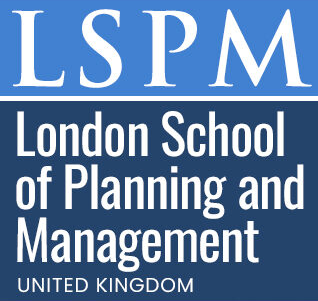Graduate Certificate in Art Restoration Methods
Published on June 28, 2025
About this Podcast
HOST: Welcome to our podcast, today I'm thrilled to be speaking with an expert in the field of art restoration. Can you tell us a bit about your background and how you got into this fascinating area? GUEST: Sure, I have a degree in art history and started my career working at a museum. I became increasingly interested in preservation and restoration, which led me to pursue further education and eventually specialize in this field. HOST: Fascinating! Now, our topic for today is the 'Graduate Certificate in Art Restoration Methods'. This course is designed to equip students with essential skills in the preservation and restoration of artistic works. Can you share some insights on what makes this program unique? GUEST: Absolutely. This program offers a combination of theoretical knowledge and hands-on training, which is crucial in art restoration. It covers a wide range of materials such as paintings, sculptures, and textiles, and also delves into materials science, digital imaging, and ethical practices. HOST: That sounds comprehensive. Now, art restoration is a field that's constantly evolving, especially with advancements in technology. Can you share some current industry trends that are relevant to this course? GUEST: Certainly. Digital technology is playing an increasingly important role in art restoration. For instance, non-invasive imaging techniques are being used to study artworks without causing damage. Additionally, 3D printing is being used to recreate missing parts of sculptures or other three-dimensional art pieces. HOST: Those are some interesting trends. As with any field, there must be challenges. What are some challenges faced in the field of art restoration or while teaching this subject? GUEST: One of the main challenges is striking a balance between preservation and restoration. It's important to maintain the integrity of the artwork while also making it accessible to the public. As for teaching, it can be challenging to provide hands-on experience, especially when dealing with delicate or valuable art pieces. HOST: That's a delicate balance indeed. Lastly, where do you see the future of art restoration heading? What can students expect from this field after completing the course? GUEST: I believe the future of art restoration lies in the integration of traditional methods with new technologies. Students can expect to become leaders in this field, contributing to the preservation of our cultural heritage and making it accessible for future generations to enjoy. HOST: Thank you so much for sharing your insights and experiences with us today. It's clear that the 'Graduate Certificate in Art Restoration Methods' offers a comprehensive and forward-thinking approach to this field. GUEST: My pleasure. It was great discussing this important topic with you.
